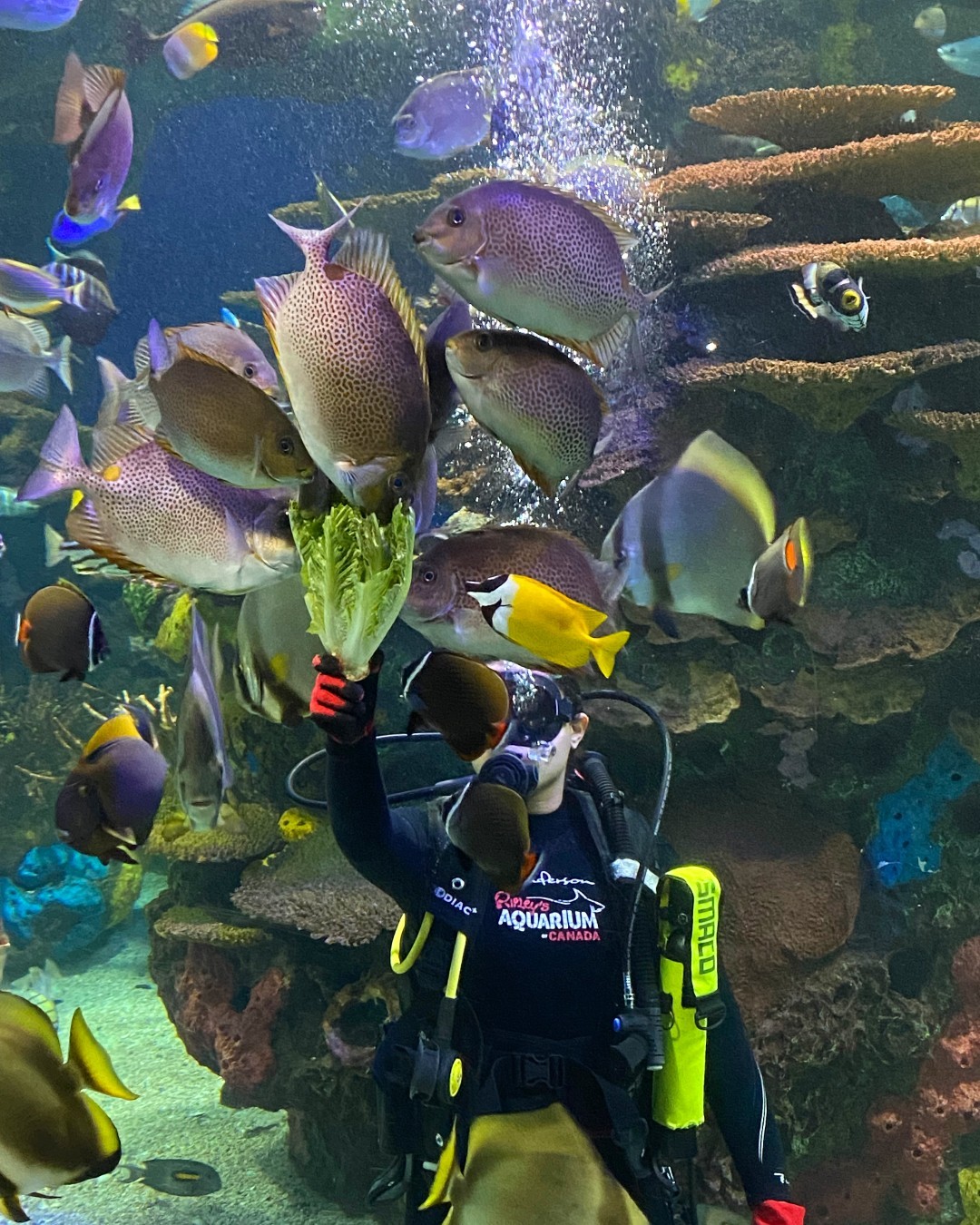- The significance of educational dive shows in marine conservation efforts
- The role of divers in marine animal care and exhibit maintenance
- The impact of interactive education on public engagement and wildlife preservation
- Promotion of conservation through experiential learning and direct observation
- The importance of daily schedules and structured programming for animal welfare and visitor experience
Dive shows have emerged as a powerful tool in marine conservation, offering an immersive experience that leaves a lasting impression on audiences worldwide. These presentations go beyond entertainment; they serve as interactive platforms to educate the public about the importance of marine ecosystems and their challenges.
The divers are at the heart of these dive shows, who do much more than simply swim alongside marine life. They are responsible for tasks ranging from feeding and observing animal behavior to performing exhibit maintenance. These professionals combine their diving skills with comprehensive knowledge of marine biology to ensure the health and well-being of the species under their care.
One of the most compelling components of dive shows is the educational narrative provided by onsite experts. While divers interact with the marine life, educators on the team offer insights into the biology, behavior, and conservation status of the animals being observed. This storytelling approach captivates the audience and fosters a deeper understanding and respect for marine creatures, such as the awe-inspiring turtles, which often feature in these underwater displays.
Interactive education can inspire action and change, particularly when it involves rare or endangered species. Public engagement is a critical factor in wildlife preservation efforts. By enlightening visitors on the intricacies of marine life and the environmental threats these animals face, dive shows encourage a call to action through changes in personal behavior or support for conservation initiatives.
Implementing strict daily schedules and structured programming within these shows is as crucial for the audience as it is for the animals. Regular, predictable routines reduce stress for the wildlife and contribute to their overall well-being. For visitors, these schedules ensure a more organized and enjoyable experience, enabling them to plan their visit to take full advantage of learning opportunities presented by dive shows.
Maintaining the balance between engaging the public and ensuring the safety and health of marine life is a complex endeavor. Dive shows represent a marriage of spectacle and science, where fascination fuels knowledge and knowledge, which, in turn, encourages preservation. The continued success of programs like Swim by for a TURTLE-y amazing Dive Shows relies heavily on presenting accurate information that resonates with audiences of all ages and backgrounds. These experiences have become a cornerstone of contemporary zoo management and conservation strategies, as they offer an unparalleled glimpse into the underwater world that many might otherwise never see.
As we move forward, it is clear that educational dive shows will remain a critical component in the fight to protect our planet’s precious marine life. Through dedicated care, immersive education, and sustained public interest, we hope to see a future where these fascinating creatures thrive both in the wild and within the conscientious care of aquariums and zoos worldwide.
*****
Source Description
Swim by for a TURTLE-y amazing Dive Shows 🤿
Watch one of our JAW-some divers feed the exhibit, while our education team tells you all about these beautiful animals.
Check out the link in our bio to see daily schedules 🐠

